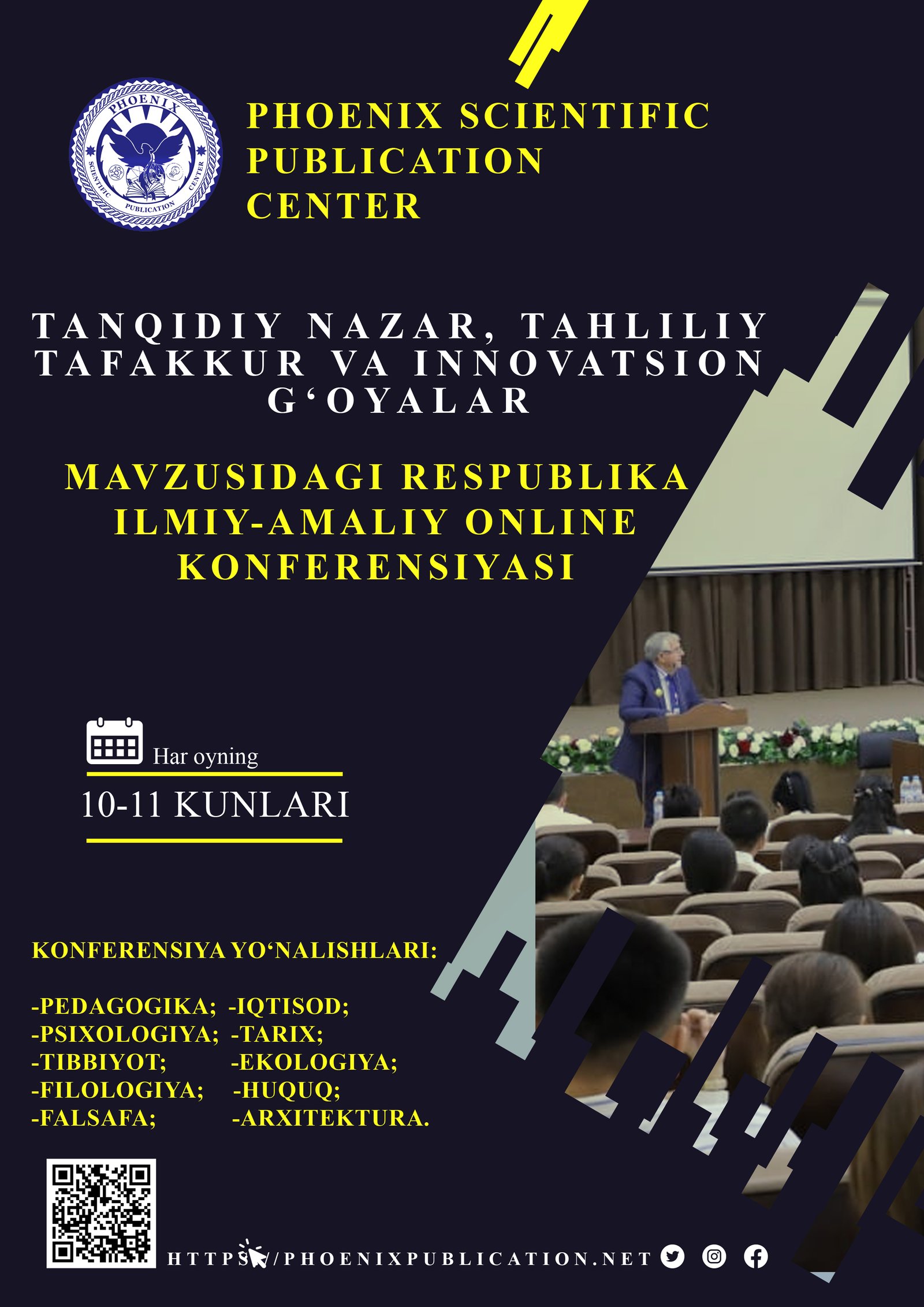Abstract
This article examines the effectiveness and advantages of teaching English using modern technologies. Since the introduction of technology into education, the methodology of teaching has changed significantly, offering new opportunities to make the process of learning English more convenient and efficient. Digital tools, mobile applications, online courses, and interactive learning platforms provide students and teachers with new possibilities. These innovations make learning English more engaging, personalized, and effective. The article also analyzes how modern technologies assist English teachers in introducing new teaching methods and approaches. Despite the challenges that may arise when using these technologies, they contribute greatly to enhancing the learning process, strengthening students' English language skills, and improving the overall quality of education. The article explores various methods of teaching English through technology, provides examples, and presents real-life case studies. Furthermore, it discusses the role of technologies in motivating students to learn, their impact on successful language acquisition, and concludes with insights on the potential future development of these technologies in education.
References
1. Benson, P. (2013). Teaching and researching: Autonomy in language learning. Routledge.
2. Blin, F. (2016). "Call and the challenges of modern English language teaching." CALL Journal, 29(3), 117-132.
3. Chapelle, C. A. (2001). Computer Applications in Second Language Acquisition: Foundations for Teaching, Testing, and Research. Cambridge University Press.
4. Godwin-Jones, R. (2018). "The impact of mobile-assisted language learning." Language Learning & Technology, 22(2), 5-12.
5. Hampel, R., & Stickler, U. (2005). "New skills for new classrooms: Training tutors to teach languages online." ReCALL, 17(2), 328-345.
6. Hockly, N. (2018). "Digital literacy in the ELT classroom: Exploring the relationship between technology and language learning." ELT Journal, 72(3), 261-271.
7. Hubbard, P., & Levy, M. (2006). Teacher Education in CALL. John Benjamins Publishing Company.
8. Prensky, M. (2001). "Digital natives, digital immigrants." On the Horizon, 9(5), 1-6.
9. Warschauer, M., & Healey, D. (1998). "Computers and language learning: An overview." Language Teaching, 31(2), 57-71.
10. Yilmaz, R. M., & Orhan, H. (2018). "The impact of technology on foreign language learning." International Journal of Emerging Technologies in Learning, 13(12), 25-34.
